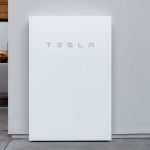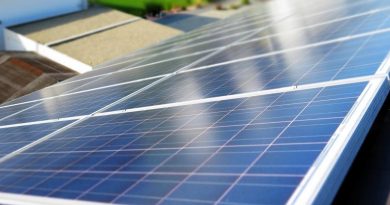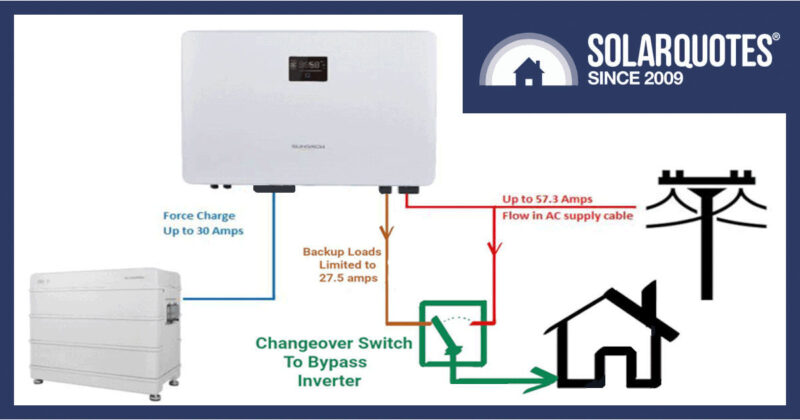A Deep Dive Into The Tesla Powerwall Warranty

The Tesla Powerwall is by far the most famous home battery on the market. The major drawback is that they don’t come cheap.
Most people would probably expect such a well-known and well-reputed bit of kit to have an excellent warranty. And as it happens, that’s a fairly accurate conclusion — at least relative to many other home battery warranties — and it should last most households a full 10 years. However, as always, there are some caveats.
In this article, I’ll deeply dive into the Tesla Powerwall warranty. Below I’m going to…
- Quickly review what the Powerwall can do.
- Describe how the warranty can cover either an unlimited number of cycles OR 37,800 kilowatt-hours (kWh).
- Explain why trying to stick to the unlimited cycles warranty condition is pointless for nearly all households.
- Reveal how, instead of a repair or replacement, Tesla might just provide a (potentially tiny) refund.
- Cover how the warranty will only last four years if the Powerwall isn’t registered and connected to the internet.
- Give the good news: you are also protected by Australian Consumer Guarantees.
- Give the bad news: Tesla has a record of being slow to meet their obligations under Australian consumer law.
What Is A Powerwall?
The Powerwall is an AC-coupled home battery with 13.5kWh of usable energy storage. The “AC coupled” part means it works with any solar system, regardless of its inverter. It can produce 5 kilowatts (kW) of continuous power and provide backup power with rapid changeover.
Here are some specifications taken straight from the Australian Tesla site:
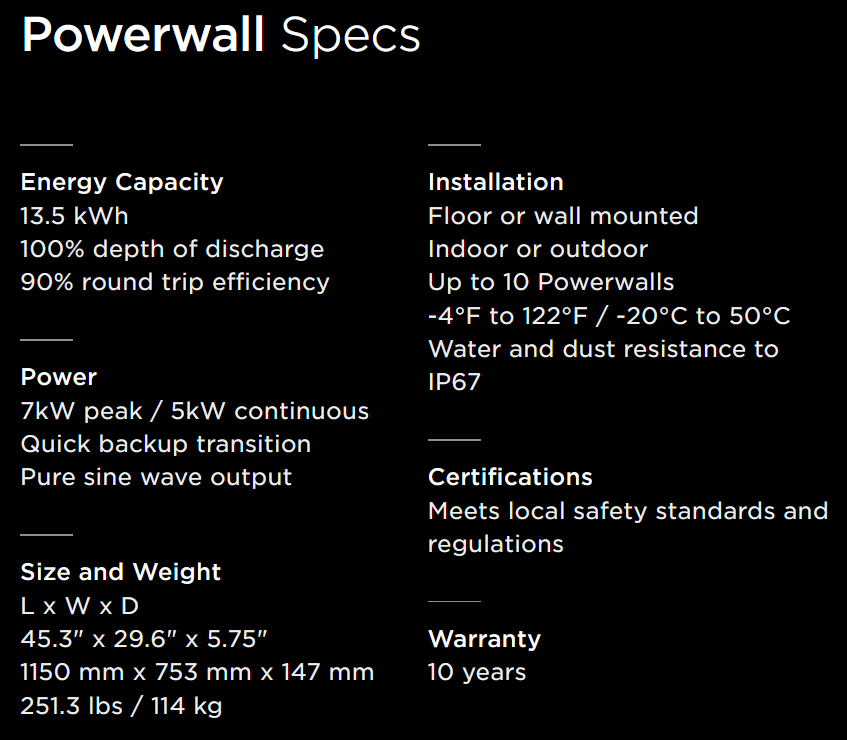
The last point is that the warranty lasts 10 years. While that’s likely true for most households, it will depend on how it’s used.
They give its depth of discharge as 100%, but I’m 100% sure that’s not 100% true. On the Powerwall datasheet, they give its total energy storage as 14kWh:

With 13.5kWh of usable energy storage, it would have an actual depth of discharge of 96%. But because you can apparently get a little more than 13.5kWh from a new Powerwall, it’s likely to be around 97%.
They also give its round trip efficiency as 90% (up from 88%). This means for every 10kWh the Powerwall is charged with, it can provide 9kWh of useable stored energy. That’s impressively high for an AC-coupled battery, but it’s only achieved at the beginning of its life. I suggest using the old 88% figure to estimate lifetime round-trip efficiency.

Warranty Length — 10 Years (Or Probably 10 Years)
There are two ways your Powerwall warranty can work, depending on how it’s used:
- If your Powerwall only stores energy from rooftop solar for later household or business use OR it’s used to store cheap off-peak grid electricity for use during peak times, then the warranty will last for 10 years. The warranty says with these conditions, the Powerwall can be cycled an unlimited amount of times. But under these conditions, it’s basically impossible to fully cycle it more than 3,650 times.
- When used in any other way, the warranty will last for 10 years, or until it has supplied 37,800kWh. Whichever comes first. This warranty condition will apply if the battery is used as part of a virtual power plant — apart from the Tesla/Energy Locals VPP1 — or if it’s used to sell electricity on the wholesale market.
In either case, the warranty promises the Powerwall will still have at least 70% of its original usable capacity at the end of its warranty. Here’s the table from the warranty that gives the conditions:
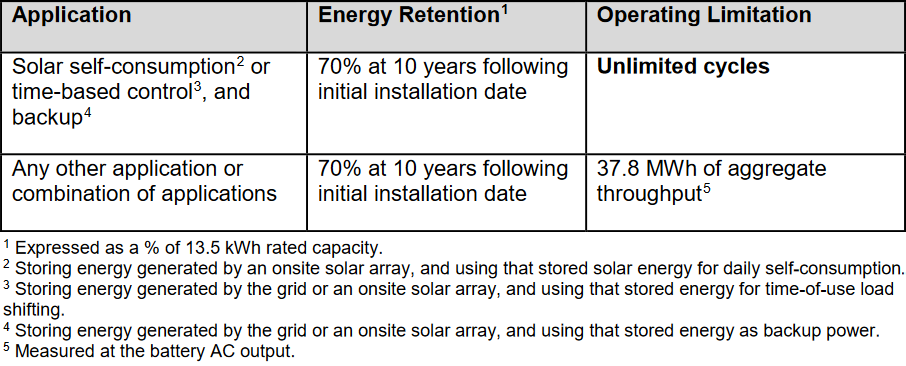
Just to be clear, 37.8MWh is 37,800kWh.
Unlimited Cycles Isn’t Impressive
Being able to cycle your Powerwall unlimited times may sound exciting — no limits, man!
But it is actually irrelevant for most households because, under the required conditions, it’s difficult to use more than 37,800kWh of storage within 10 years. If a Powerwall is charged with rooftop solar and the stored energy is only used to meet household demand, it’s unlikely to go over the limit because…
- Even homes with high electricity consumption generally won’t completely drain the battery every night.
- It won’t be possible to fully charge the Powerwall daily (due to bad weather and/or high daytime consumption).
- Homes with large solar systems rarely need to draw battery power during the day, while homes with small solar systems frequently have trouble fully charging the battery.
- The usable storage capacity will decline over time. As the warranty only promises it a minimum of 70% of original capacity, it could fall as low as 9.45kWh.
If a Powerwall’s capacity falls to 75% over 10 years and a home uses an average of 80% of the available storage capacity each day, then after 10 years it will only have used around 34,500kWh.
Most homes using a Powerwall will likely use less than this over that time. Therefore, for most homeowners, there’s no real need to get your installation to meet the warranty’s requirements for unlimited cycles.
Of course, if you don’t meet the requirements for unlimited cycles and you’re doing something unusual — such as being part of a Virtual Power Plant (VPP) that works the battery hard or selling electricity to the wholesale market and sometimes charging from the grid to do so — then you might go over the 37,800kWh warranty limit within 10 years.
What The Warranty Covers
The good news is the Powerwall warranty covers all components, including its backup Gateway Box (that looks like a mini-me version of the Powerwall). So congrats to Tesla for meeting basic warranty decency on this and not being a battery weasel.
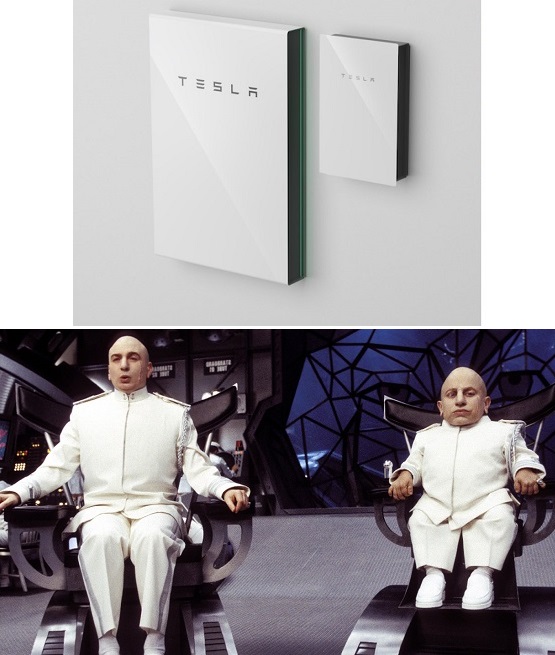
One of the above pictures shows the Powerwall and its Gateway box. For some reason, the Tesla provided picture doesn’t show the cables that normally connect the two.
Tesla says all components will be free from defects for 10 years from their installation date.
What Tesla Will Do
If there is a defect in a Powerwall or its Gateway box or associated parts, Tesla says they will choose to do one of three things:
- Repair it.
- Replace it with either a new or refurbished, used Powerwall.
- Provide a refund equal to the market value of an equivalent product at the time. It’s not clear how this will be calculated or if installation is included.
Four-Year Warranty If Not Online
To receive the full warranty, the Powerwall must be both registered and connected to the internet (to receive software updates). If it’s not connected to the internet or loses connection for an undefined “extended period”, Tesla will only provide a four-year warranty.
I can understand that home batteries are relatively new tech and may need updates to avoid problems, but four years is only 40% the length of a typical warranty, so it’s a hefty haircut. However, it is much better than not providing a warranty at all, which is what some manufacturers do.
What Will Void the Warranty?
There’s a range of “general exclusions” that will void the warranty if they apply. This is not unusual, and the exclusions boil down to:
- The Powerwall must be installed according to its manual.
- It must be used normally, i.e. no unapproved hacking or other altering.
- Tesla won’t cover anything outside of their control, including wars, disasters, and theft.2
The warranty also states it doesn’t cover cosmetic damage that only affects the unit’s appearance and not its performance. Additionally, it doesn’t cover noise or vibration that is not “excessive or uncharacteristic”. It also can’t be removed from its original location. All fairly standard stuff.
No Maintenance Required
One thing that is not required to maintain the warranty is professional maintenance, as the installation manual says none is required. But it does say the owner must keep it clean and ensure its vents are free of obstruction. In Australia, that will mostly mean keeping spider webs off it. So pretty much a full-time job in Queensland.
No Compensation if the Battery Breaks
The warranty says that, “to the greatest extent permitted by law”, Tesla won’t be liable for anything. This means no compensation for not being able to use your Powerwall if it breaks down. But you are still protected by Australian Consumer Guarantees that say you can claim for reasonable losses that result from a faulty product.
You Can Transfer the Warranty
If you sell your home, the Powerwall warranty can be transferred to new owners. However, because the warranty is void if the Powerwall is removed from its original installation location, it can’t be uninstalled and moved or sold and retain its warranty.
You Are Protected By Consumer Guarantees
This article is about the Powerwall’s written warranty, but in this country, you are also protected by Australian Consumer Guarantees that should provide a higher level of protection than any battery warranty I’ve seen. I’m not a lawyer, so this is just my personal opinion and not a professional one.
Unfortunately, Tesla can be slow when it comes to honouring these guarantees, as this article on a defective Tesla car part demonstrates. Still, at least you have the option to claim under Australian Consumer Guarantees if needed.
If they continue to drag their feet, feel free to tell us so we can write about it if Tesla appears to be in the wrong.
Overall, It’s A (Relatively) Decent Warranty
All things considered, the Powerwall warranty is pretty good. It covers components and will last a full 10 years (for most households). And while Tesla has sometimes been slow meeting its obligations under Australian Consumer Law regarding cars, they seem to be better with Powerwalls.
My main concerns are:
- Tesla might choose to “refund you the market price of an equivalent product at the time of the warranty claim”, and it’s possible this could only cover a portion of what you paid.
- I think Tesla could potentially go bankrupt, causing warranty support to disappear. Call me paranoid, but apparently this is something Elon Musk and I see eye to eye on.
On the plus side, the Tesla Powerwall is one of the most reliable battery systems out there. So if you get one — fingers crossed — you may not have any problems for over 10 years anyway.
Footnotes
- Tesla’s smallprint: “5 years extended warranty offer applies when you purchase a new Powerwall and connect to the Tesla Energy Plan and remain connected on the Tesla Energy Plan. If you decide to leave the Tesla Energy Plan, your additional 5-year extended warranty will be removed and revert back to the remaining manufacturers warranty.” ↩
- You can tell Putin is a talented leader as he can manage all three at once. ↩
Original Source: https://www.solarquotes.com.au/blog/tesla-powerwall-warranty/





